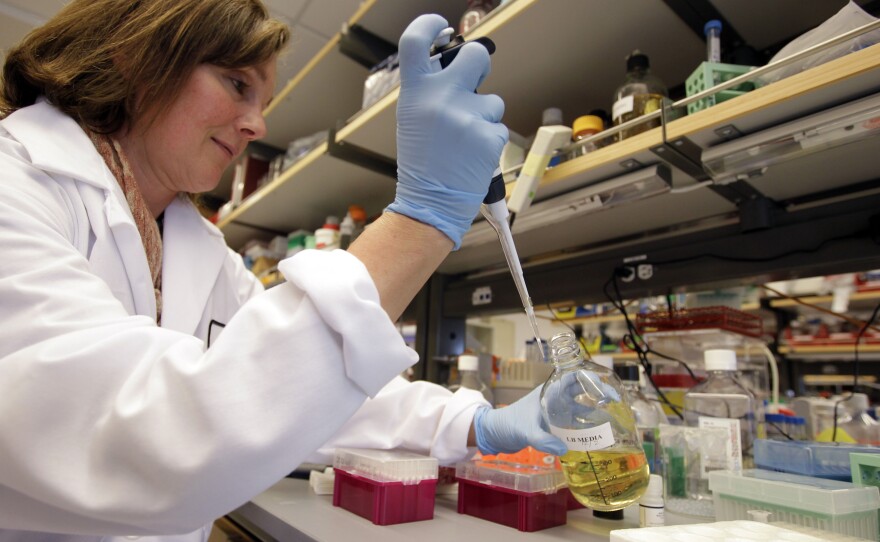Proposition 14 asks California voters to issue $5.5 billion in bonds to continue financing the state’s stem cell research institute. Supporters want the money to continue the science, but critics say the science didn’t do enough the first time.
In 2004, under the Bush Administration, California voters decided to issue $3 billion in bonds so the state could create the California Institute for Regenerative Medicine, or CIRM. This was at a time when the federal government closed off funding for stem cell research for religious reasons.
Now that money for CIRM has dried up, and supporters such as UC San Diego Health neuroscientist Larry Goldstein say voters should agree to provide more money.
“So Prop 14 at $500 million a year against a multi-billion dollar disease problem when we're successful — that is a very highly leveraged and successful investment,” Goldstein said.
The proposition sounds like a lot of money, but the therapies would go toward tackling diseases, such as Parkinson’s, which can cost the healthcare system billions of dollars, Goldstein said. CIRM may have not had a fast timeline of research, but it has conducted numerous clinical trials and contributed to others, he said.
“Not only have a number of therapies been developed and proven to be useful, but we have numerous experimental therapies in progress," Goldstein said. "So there are around 60 clinical trials, which are tests with human subjects of a potential therapy service, directly funding those 60.” Goldstein has gotten around $21 million from CIRM for his research.
CIRM has funded more than 64 trials directly and aided in 31 more, San Francisco-based public radio station KQED reported. The FDA, has also approved two drugs for rare blood cancers that were developed through CIRM grants.
Of those clinical trials, not all of them have produced results and some may not produce any therapies at all.
Jeff Sheehy, who has been on the governing board of CIRM since its start, said he’s proud of the research infrastructure CIRM has developed and the work that has been done, but more funding is unnecessary.
The proposal, he said, means more state debt, when the federal government is now spending billions on stem cell research.
“One, we did our job and we don't need to add $260 million dollars more a year in debt. No. 2, the research is already well funded by the federal government to the tune of $2.1 billion per year,” Sheehy said.
“Three, the new measure changes existing policy. And instead of trying to get a return for the state, it actually takes any money we make from products and gives it back to the companies as subsidies for the products that they make,” he said.
Supporters such as Goldstein say the money from the first proposal has gone to some FDA-approved therapies that have saved lives.
“Patients are going into remission based on very useful cancer drugs, kids that have no immune system. Dozens of those kids have been rescued,” he said.
Opponents, such as Sheehy, say that’s only a handful of benefits for an over decade long experiment, and the state isn’t making money back from it.
“We've moved good research forward. We've done good work. So I don't think the question is whether the work is good or not. The question is, did we ever talk about CIRM being something that would be funded forever with debt? And we did not. It was supposed to pay for itself and it hasn’t and it needs to come back,” Sheehy said.
“We need to bring this back under the control of the legislature and the governor in the state.”
Opponents say a no vote means the government wouldn’t tack on state debt to finance CIRM. Supporters say a yes vote means the state allocates more funding for life-saving research.










